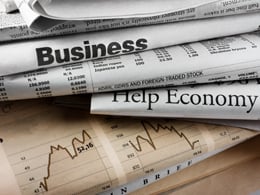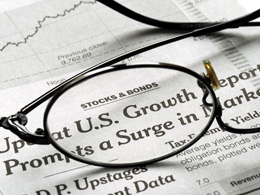Along with Puerto Rico, the other topic readers have been inquiring about is the presidential race and the effect on the markets. Yesterday, someone asked whether she should go to cash until the political uncertainty settles down. The short answer is no, but the question itself speaks to just how concerned people are about politics.














